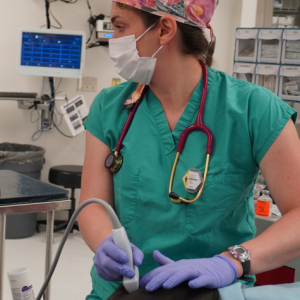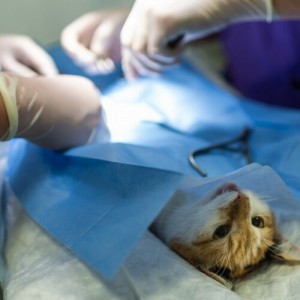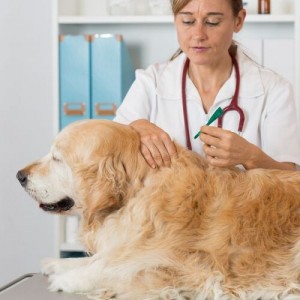A “protein cocktail” works well as a vaccine to fight paratuberculosis
Paratuberculosis is a chronic intestinal disorder that can cause diarrhea, weight loss, and sometimes death in affected cattle. Although it also affects other ruminants such as sheep, goats, and deer, it has its greatest importance in cattle due to the economic losses it causes.
Now, a group of researchers from the Agricultural Research Service (ARS), the main internal investigative agency of the United States Department of Agriculture, has developed a new experimental vaccine to protect livestock from the bacteria that cause the disease, Mycobacterium avium subsp. Paratuberculosis (MAP).
To do this, instead of using live but weakened or dead MAP cells, as had been done with previous commercial vaccine formulations, ARS researchers Judy Stabel and John Bannantine focused on four proteins in the bacteria, which they had discovered: starting from previous research to sequence and characterize its genome.
In preliminary trials, vaccinating mice with the proteins reduced bacterial colonization of the intestinal walls of rodents and the shedding of bacteria in the feces, a major route by which other hosts become infected. Cattle, for example, can become infected while grazing in places where MAP-contaminated manure is found. Another route of infection is when calves ingest colostrum from an infected mother, said Stabel, who, along with Bannantine, works in the Infectious Bacterial Diseases Research Unit at the ARS National Center for Animal Diseases in Ames, Iowa.
A single recombinant vaccine cocktail
Encouraged by the results in mice, the researchers stepped up their efforts, using standard laboratory procedures to produce all four proteins and combine them into a single recombinant vaccine "cocktail" that could be administered to calves in doses of 200 or 400 micrograms.
Throughout, researchers have tried to avoid shortcomings in previously developed vaccine formulations, such as the tendency to produce injection site markings and interference with the accuracy of serological tests used to detect MAP and another bacterial species closely related to bovine tuberculosis.
The dairy calf trials have been published in the April 2021 issue of the Vaccine and indicate that the vaccine cocktail is promising. In addition to making young animals immune to disease over the course of a year of Monitoring, the formulation showed little or no cross-reactivity with serological tests for both paratuberculosis and bovine tuberculosis. The administration of the vaccine cocktail also did not cause marks at the injection site, Stabel reported, a potential benefit for animals raised for their meat and skins.
The researchers note the need for additional efficacy trials and welcome collaboration with an industry partner further to explore the commercial potential of the proprietary vaccine cocktail.













List
Add
Please enter a comment